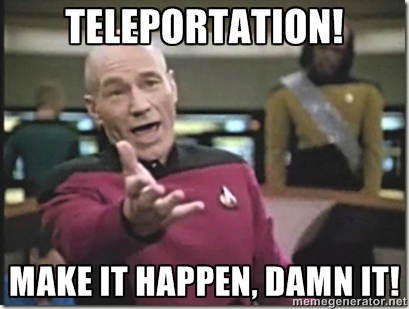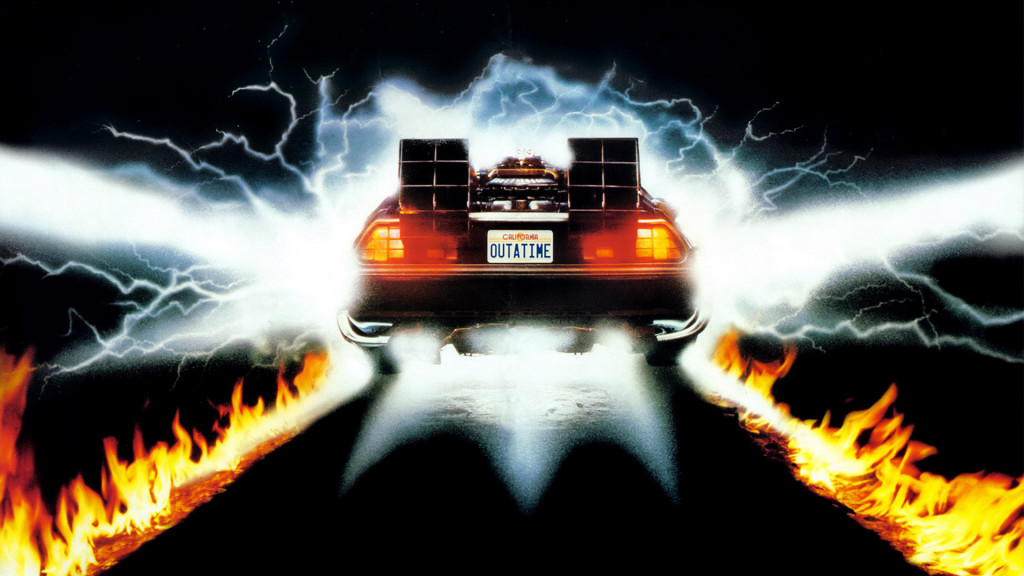After the death of Leanord Nimoy this year, I found myself cruising the internet reading about him, about Star Trek, about sci-fi in general. I came across an article about teleportation that really caught my interest. This article pointed out that researchers had worked out how many bits of information were stored in a human being. It was an astounding 2.6 Tredecillion bits (that’s a number with 42 zeroes trailing). Right now we can transfer 10 gigabits per second (10 with 9 zeroes trailing).

That number is insane. beyond the scope of human comprehension insane. The article was quoting estimates for the transfer 350,000 times longer than the universe has existed. I am pretty confident we could do that transfer. With the proper configurations of course, before the heat death of the universe, don’t quote me, but I think we could. Not sure if there is marketing in that, but it is something.
So why bother writing about this? I mean I am not building up an introduction to the FileCatalyst Teleporter 9000. Not even slightly. I am sort of pointing out our relevance however. You can take it to a smaller scale, let’s say, the recent up and coming technology of 3d printing. Just like any other form of graphics, the amount of data increases exponentially at higher resolutions.
Data is not going anywhere, and it is never going to get smaller. The roads are getting wider and faster (i.e. bandwidth) and the vehicles (i.e. us!) need to keep up. Back in the early days covered wagons were the vehicles of choice to get us across the frontier, but you wouldn’t take one on the Autobahn and sure as hell wouldn’t try to take that covered wagon to the moon. We took our transfers to the moon though. We even beat NASA!

What about the time travel part of the title. Remember in ‘Back to the Future’ at the end when Doc Brown shows up in a flying DeLorean time machine and claims, “Where, we’re going, we won’t need roads”. He wasn’t quite right, we will always need roads, or at least paths to travel and well, in this analogy, we’re the DeLorean.